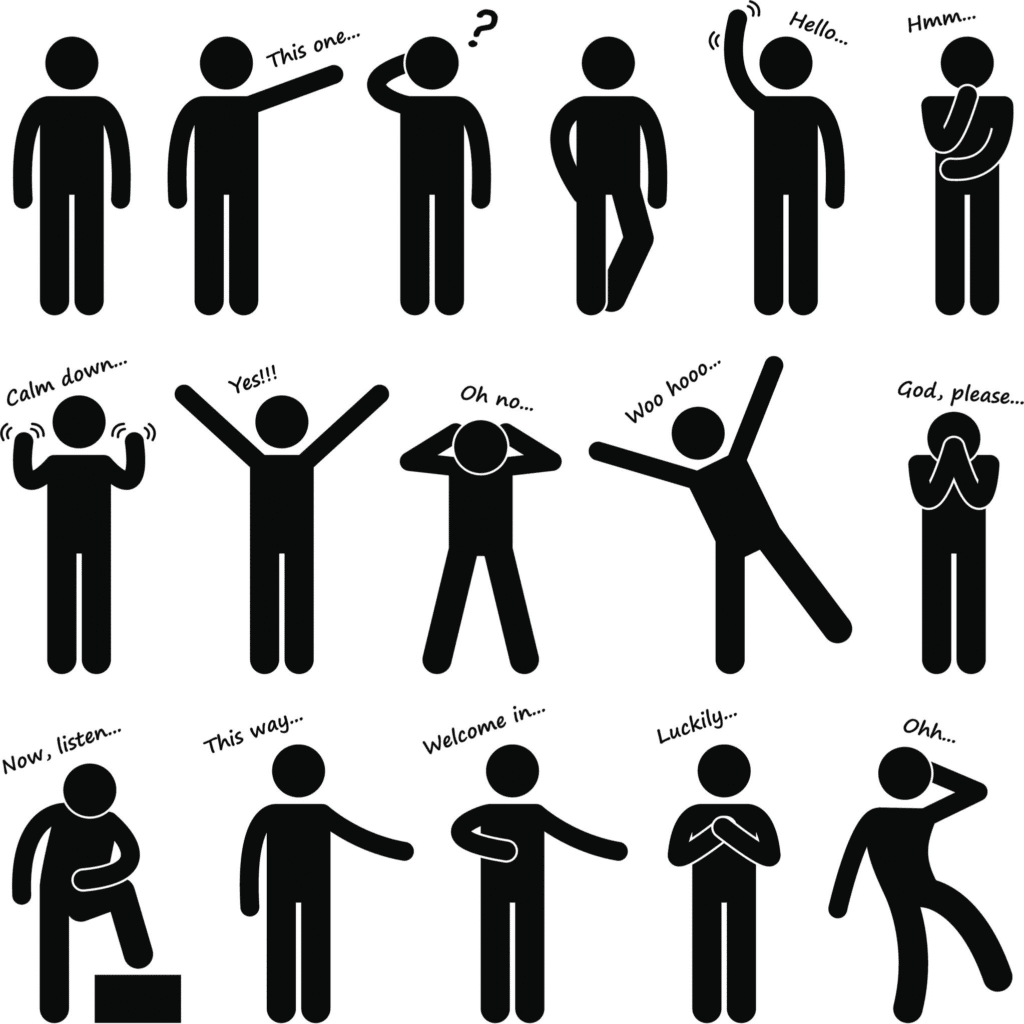In the interview section, learners understand the purpose of an interview and the key do’s and don’ts to create a positive impression, such as dressing appropriately, maintaining good body language, and avoiding negative behaviors. In the presentation section, it covers strategies for overcoming fears, planning and structuring a presentation, and delivering it confidently. It also highlights various techniques of delivery to keep the audience engaged and ensure the message is communicated effectively.

Basic Interview Skills
Interview skills are a set of abilities and techniques that help you perform well during a job interview. They encompass everything from preparing for the interview to your behavior during the conversation and your follow-up actions. Mastering these skills is essential for securing a job, as an interview is your chance to demonstrate your qualifications and fit for a role.
Before the Interview
- Research the Company and Role: Thoroughly research the company’s mission, values, recent projects, and its culture. Understand the exact requirements and duties of the position you’re applying for, as this demonstrates real interest and allows you to customize your responses.
- Review Your Resume: be ready to explain any detail or experience mentioned in it. Practice explaining your past experiences, skills, and accomplishments, focusing on how they relate to the job.
- Prepare Your Questions: An interview is a two-way street. Prepare a few thoughtful questions to ask the interviewer about the company, the team, or the role. This shows that you’re engaged and proactive.
- Practice Common Interview Questions: such as “Introduce yourself” or “What interests you about this position?” to be well-prepared and confident during the interview.,” and “What are your weaknesses?” Use the STAR method (Situation, Task, Action, Result) to structure your answers for behavioral questions.
- Plan Your Logistics: Know exactly when and where the interview is. If it’s a virtual interview, test your technology, ensure good lighting, and find a quiet space.
During the Interview
- Dress Professionally: Your attire should be appropriate for the company’s culture. If you’re unsure about the dress code, it’s safer to be slightly overdressed rather than underdressed.
- Be Punctual: Arrive a few minutes early for an in-person interview or log on to a virtual meeting a few minutes before the scheduled time. This shows respect for the interviewer’s time.
- Maintain Positive Body Language: Make eye contact, offer a firm handshake (if in person), and sit with good posture. Avoid nervous habits like fidgeting or crossing your arms.
- Listen Actively: Pay close attention to the interviewer’s questions. Take a moment to think before you answer. This prevents you from rambling and ensures you address the question directly.
- Be Confident and Enthusiastic: Speak clearly and with a positive tone. Show your passion for the work and your excitement about the opportunity.
After the Interview
- Send a Thank-You Note: Within 24 hours of the interview, send a personalized thank-you note (email is usually acceptable) to the interviewer. Thank them for their time.
- Follow Up: If you don’t hear back within the timeframe they provided, it’s appropriate to send a brief follow-up email.
Giving Presentations
Giving effective presentations involves a mix of preparation, delivery skills, and a strong understanding of your audience. Whether you’re presenting in a classroom or a professional setting, the goal is to convey your message clearly, keep your audience engaged, and leave a lasting impression.
Before the Presentation
- Know Your Audience: Tailor your content and tone to who you’re speaking to. Understand their prior knowledge, what they’re interested in, and what they hope to get out of your talk.
- Structure Your Content: A good presentation has a clear, logical flow. Follow the “Rule of Three” for a simple structure:
- Introduction: State your topic and what you’re going to cover. Get the audience’s attention with a question, a surprising fact, or a compelling story.
- Body: Present your main points, with each point supported by evidence, data, or examples.
- Conclusion: Summarize your key takeaways and end with a clear, memorable closing statement or a call to action.
- Design Your Slides: Your slides should complement, not replace, your presentation. Use a clean, consistent design with minimal text. Use images and visuals to illustrate your points. A good rule is to avoid reading directly from your slides.
During the Presentation
- Practice, Don’t Memorize: Practice your presentation out loud multiple times. This helps you become comfortable with the material and allows you to sound natural. Don’t memorize a script, as this can make you sound robotic and rigid.
- Body Language: Stand tall, make eye contact with different people in the audience, and use hand gestures to emphasize your points.

- Manage Your Voice: Speak clearly, project your voice, and vary your tone and pace. Pausing for a moment can be a powerful way to let a key point sink in.
- Engage the Audience: Ask questions, encourage a brief Q&A session, or incorporate a small activity to keep people involved and interested.
- Handle Questions: Be prepared for a Q&A session. Listen carefully to each question, and if you don’t know the answer, be honest and say you’ll follow up later.
Techniques of Delivery
Different methods can be used depending on context:
- Manuscript Delivery – Reading directly from a script; useful for accuracy but less engaging.
- Memorized Delivery – Speaking from memory; can sound natural if well-rehearsed but risks forgetfulness.
- Impromptu Delivery – Speaking without prior preparation; useful for Q&A but requires strong subject knowledge.
- Extemporaneous Delivery – Speaking from brief notes; strikes a balance between preparation and spontaneity.
